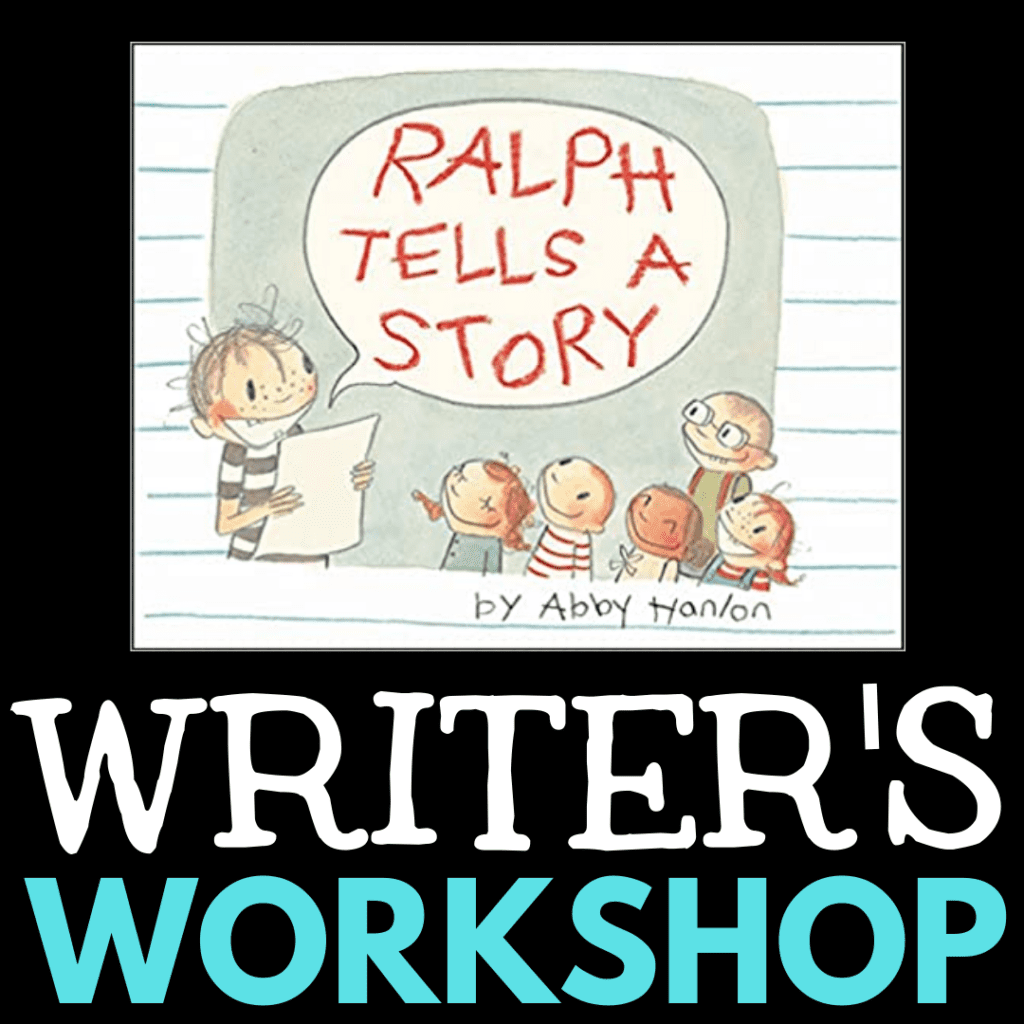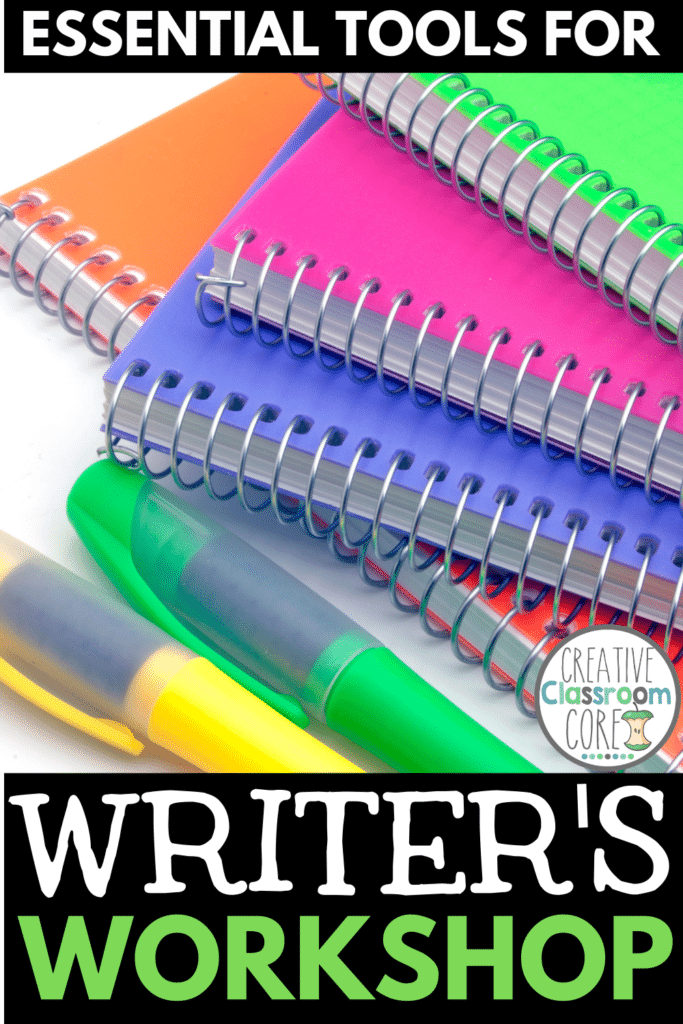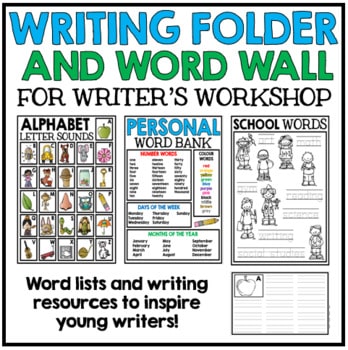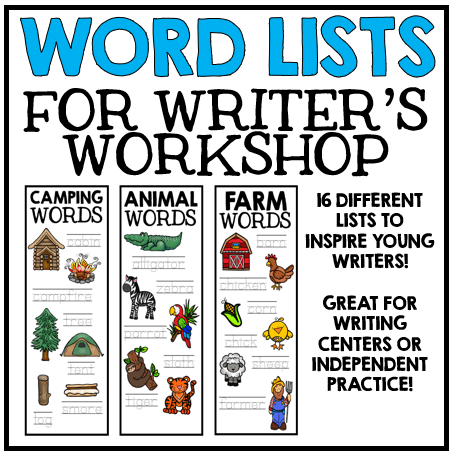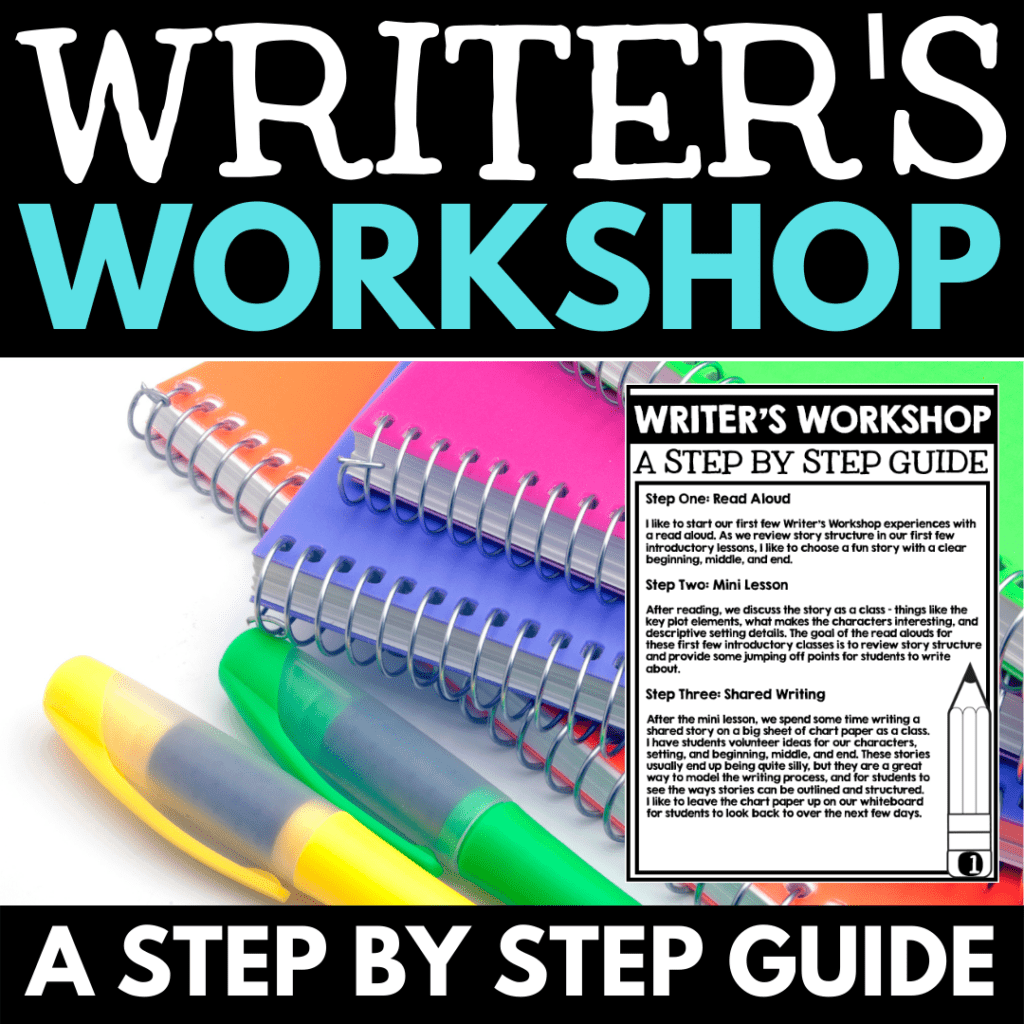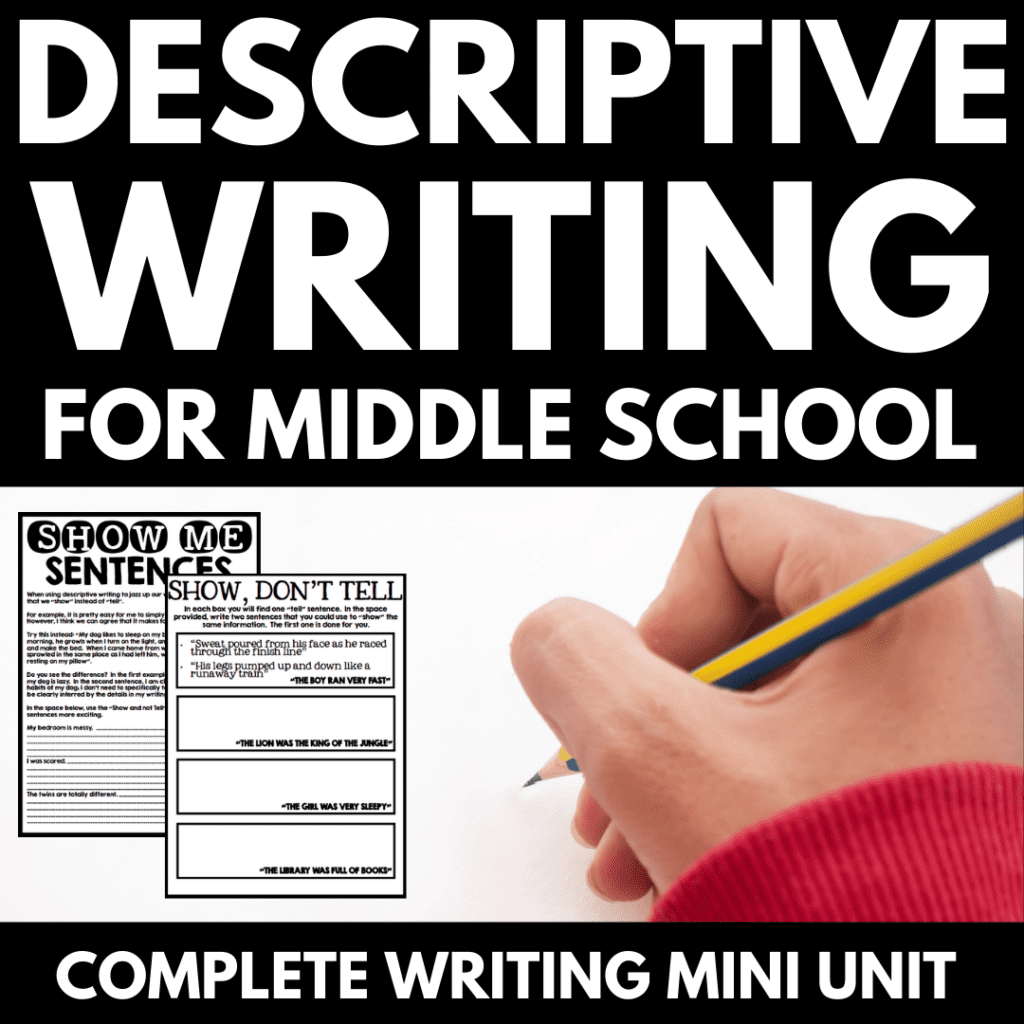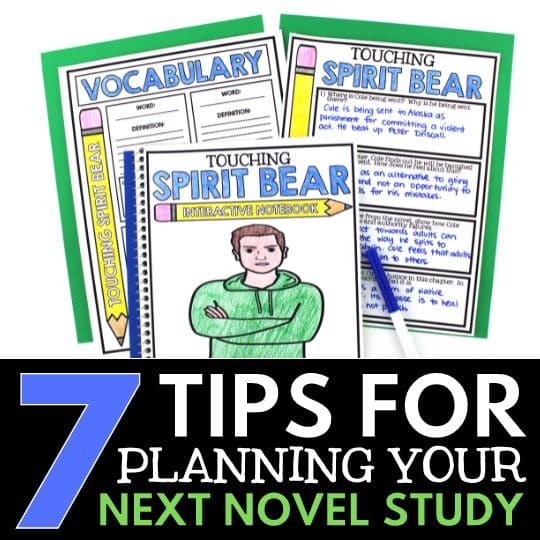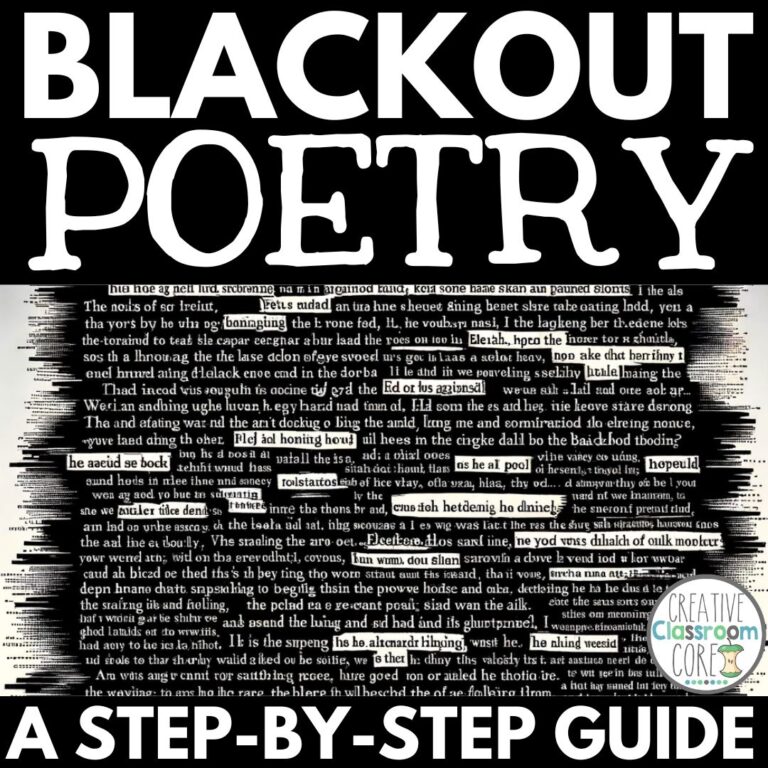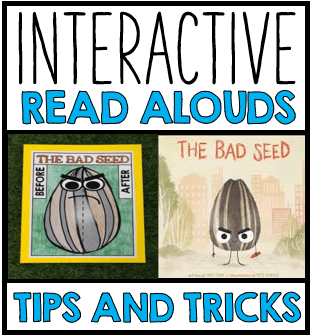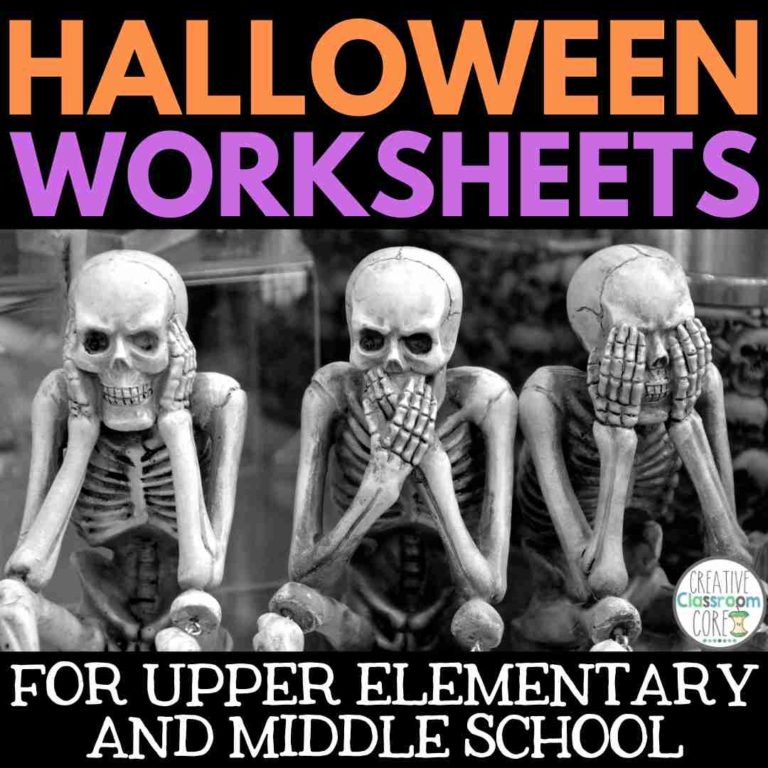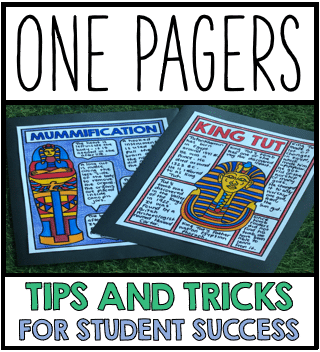Launching Writer’s Workshop
By MARISSA DESPINS Updated April 03, 2024
Writer’s Workshop is one of my very favorite parts of the day. It is often seen as a more elementary strategy. However, I have implemented elements into my middle school classes as well, with much success. Today I am here to share some strategies for introducing Writer’s Workshop with younger and older students. I hope this post inspires you to give it a try in your classroom too!
For a free no-prep guide to Writer’s Workshop delivered right to your inbox, click on the image or button below!
What are the Key Lesson elements for introducing Writer’s Workshop?
There is a lot involved in introducing Writer’s Workshop for the first time, especially if it is something new to students. It is important to be super intentional in your planning and initial implementation – giving too much freedom with independent writing right away can quickly derail the activity. However, if you follow the slow and thoughtful approach outlined below, you will find it to be a super positive and effective way to encourage, teach, and support young writers. Many of my students look forward to Writer’s Workshop as their favorite part of the school day.
Step One: Read Aloud
I like to start our first few Writer’s Workshop experiences with a read aloud. As we review story structure in our first few introductory lessons, I like to choose a fun story with a clear beginning, middle, and end.
Ralph Tells a Story by Abby Hanlon is my absolute favorite story to use when introducing Writer’s Workshop – with both elementary and middle school kids! The picture book tells the story of young Ralph, who struggles to come up with things to write about. He watches other students in the class have success, and feels frustrated. A kind classmate, however, helps him realize that he has a ton of stories already living inside him, and Ralph the writer is born.
STEP TWO: Mini Lesson
After reading, we discuss the story as a class – things like the key plot elements, what makes the characters interesting, and descriptive setting details. The goal of the read alouds for these first few introductory classes is to review story structure and provide some jumping off points for students to write about.
For tips and tricks to help keep students accountable during a class read aloud, check out our post all about read aloud accountability!
STEP THREE: Shared Writing
After the mini lesson, we spend some time writing a shared story on a big sheet of chart paper as a class. I have students volunteer ideas for our characters, setting, and beginning, middle, and end. These stories usually end up being quite silly, but they are a great way to model the writing process, and for students to see the ways stories can be outlined and structured. I like to leave the chart paper up on our whiteboard for students to look back to over the next few days.
For additional tips and tricks for student writing, check out our descriptive writing guide!
STEP FOUR: Writing Tool Introduction
During the first few Writer’s Workshop lessons, I like to review the writing tools we have in our classroom.
I keep a variety of writing tools in a special area of my classroom, and give students free access to it during our Writer’s Workshop time. In this area I keep all of our writing supplies.
It is important to have a wide variety of writing papers available for your authors. These can include books you have previously stapled together, long strips of paper for list making, plain and lined paper, writing templates, comic book templates, and colored paper, among other things. I try to provide a variety of options to inspire student writing, and switch them out repeatedly throughout the year to keep things exciting.
I also keep a variety of writing tools in the space, including sharpened pencils, a stapler so they can make their own books, and colored pens. It is amazing how far a fun pen will go when it comes to inspiring young writers!
STEP FIVE: Writing Supports Introduction
Depending on the age of my learners, I like to provide them with some additional supports to lean on during independent writing time.
Writing Folder and Personal Word Wall
I like to provide my younger learners with a personalized writing folder. Inside the folder they can keep all of the stories they are currently working on. I also place a personal word wall inside their folder. This includes pages with commonly misspelled words. It also has space for them to write words they personally struggle with. Every time they need to ask how to spell something, we simply add it to their personal word wall. This way, they can refer back to it whenever they need it. This greatly reduces the amount of disruptions during independent writing time.
You can snag yourself a copy of the Writing Folder and Personal Word Wall that I use with my elementary learners here or by clicking on the image below.
Word Lists
I like to keep word lists in my Writing area, for both my older and younger learners. These contain frequently misspelled words, as well as replacement suggestions for “boring” words like “said” and “happy”. I laminate the word lists and keep them in a bin in the writing area. Having these word lists available for students to grab as needed greatly reduces disruptions during independent writing time.
For younger learners, I like to use these word lists. They are arranged by topic, and have pictures to go along with the words. This is great for story idea generation. Students can simply grab the “camping” or “Easter” list and have a full list of words to help shape their stories. The pictures included on the lists are a great added support and help with differentiation for struggling readers.
You can grab the word lists that I use with my learners by clicking here or on the image below.
For older learners, I include these fun Overused Word Replacement Fans. During editing time, students can quickly grab a fan when needed. They can simply flip through it to find new and engaging words to replace some of the more “boring” ones in their writing. I have found these to be super helpful with my upper elementary and middle school students. They really help them spice up their writing!
To check out the Overused Used Word Replacement Fans that I use with my learners, you can click here or on the image below.
STEP SIX: Topic Choice Discussion
Before sending students off to write on their own, we share our writing ideas as a class. I encourage students to share and build upon each other’s ideas, and I write their ideas up on the board. This way, if students get to a point where they struggle with ideas, they can go back to the board for inspiration. Before students head off to write, I have them raise their hand and tell me their topic. This ensures that all students will be ready to write by the time they get to their desks. If they can’t tell me an idea, I keep them at the carpet with me. I then help them brainstorm ideas before heading off.
STEP SEVEN: Independent Writing Time
This is where the magic happens. Students spend this time working on self selected writing topics, in styles of their choosing. They are encouraged to move freely to grab items from the writing supply area, share ideas quietly with a partner, and work on whatever piece of writing that is currently inspiring them. During this time, I circulate around the room. I answer questions, help edit, and meet with individual students.

For detailed information on how to keep students accountable during independent work time, check out our post with tips and tricks for accountability!
STEP EIGHT: Writer’s Workshop writing conferences
Independent writing time is a great time to meet with individual students or pull small groups working on similar skills. Students share writing and I provide feedback and/or instruction where appropriate. This is a great opportunity for formal assessment. I often use this time to take anecdotal notes. This helps me keep track of where students are at with their writing.
STEP NINE: Author’s Chair
For the last 10 minutes of Writer’s Workshop, I pull the class back together to share their writing. Students volunteer to come up to the front and share their stories with the class. They then provide each other with peer feedback. This is a great classroom community builder. The students are quite proud of their stories and enjoy sharing their writing. It also helps to keep students accountable. If I find that I have a student struggling to focus during independent writing, a gentle reminder that I will be asking them to share during author’s chair helps them to realize that they need to get something down on paper.
I hope this step by step guide helps you to introduce Writer’s Workshop with your learners. It is definitely my favorite part of the school day. I find that it really helps me get to know each of my students as writers.
Looking for more information on Writer’s Workshop? Check out our complete guide!
Interested in a free guide to help you plan writer’s workshop?
Click here or on the image below to grab a copy of my FREE Writer’s Workshop guide from my TPT shop!
Looking for some fun activities to supplement your Writer’s Workshop time?
Check out some of these fun activities available in my TPT shop!
Looking for more writer’s Workshop ideas?
Check out some of my previous writing posts by clicking on the links below.
Teaching the RACE Writing Strategy
Blackout Poetry: A Step By Step Guide
Descriptive Writing for Middle School
Interested in signing up for my email list?
If you are interested in signing up for my email list, you can do so by clicking on the link below. I periodically send out emails with free resources, teaching tips, and exclusive deals. Signing up will also give you immediate access to some of my best selling Interactive Notebook resources – foldable activities, graphic organizers, and other fun activities.

